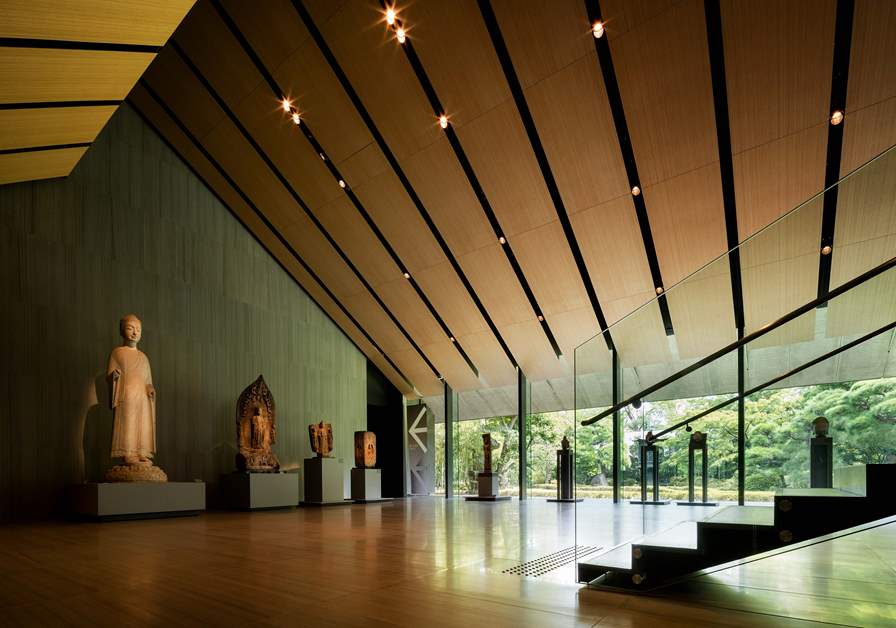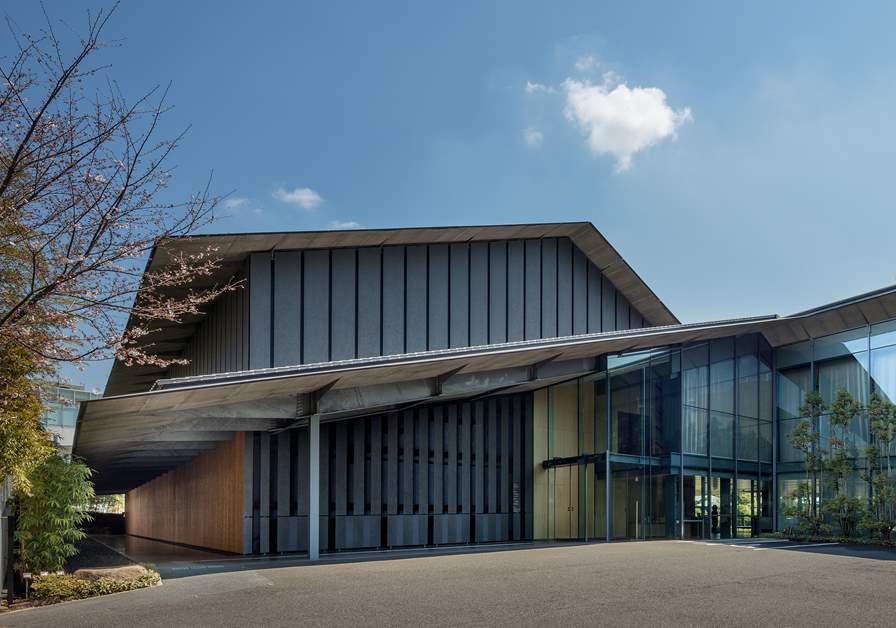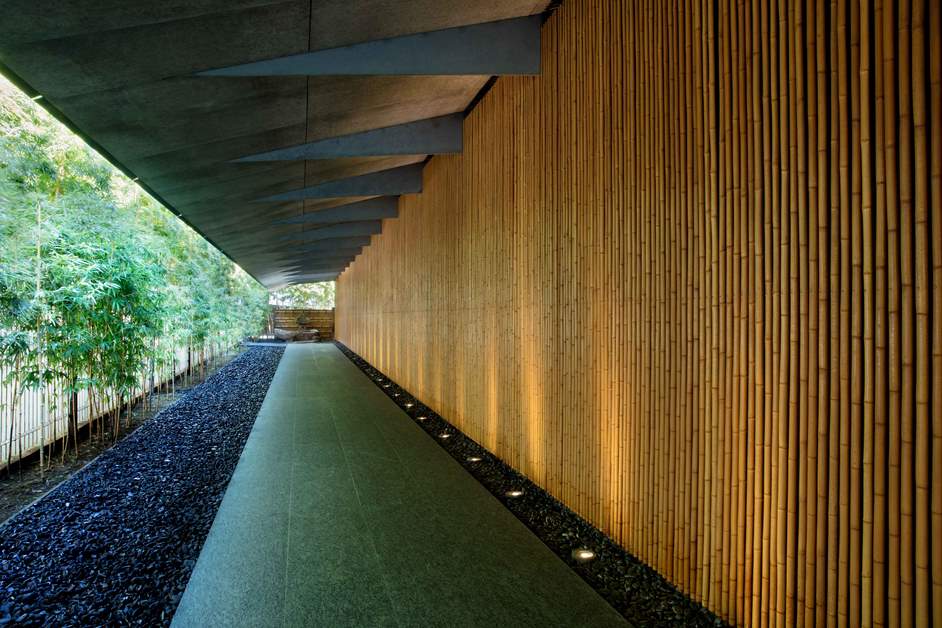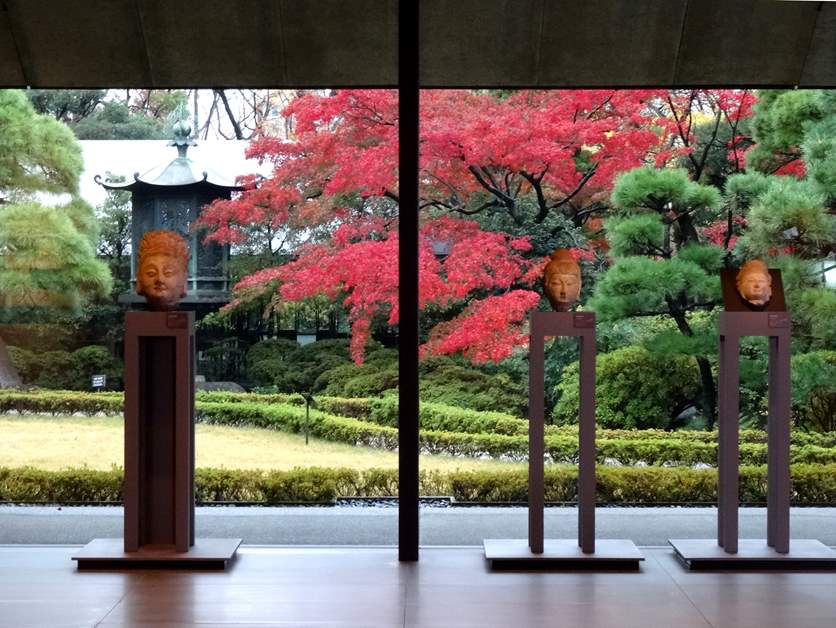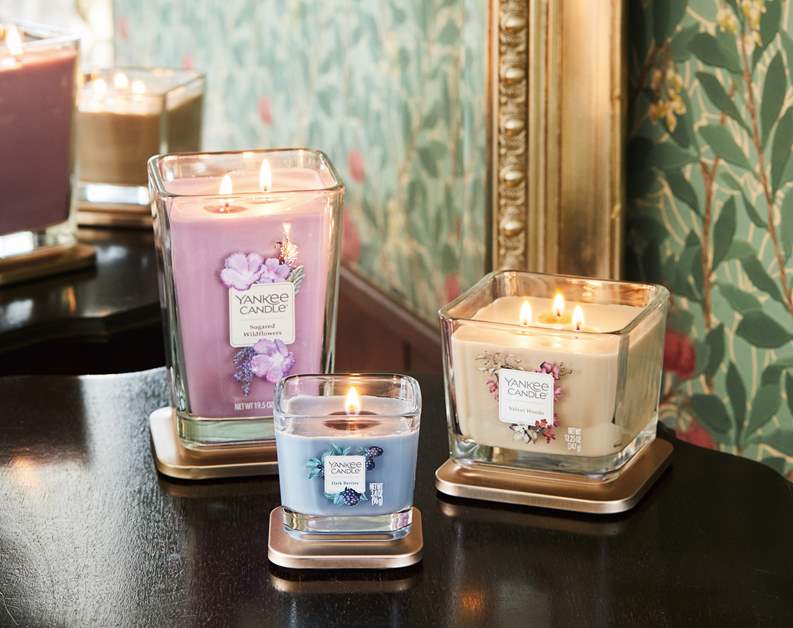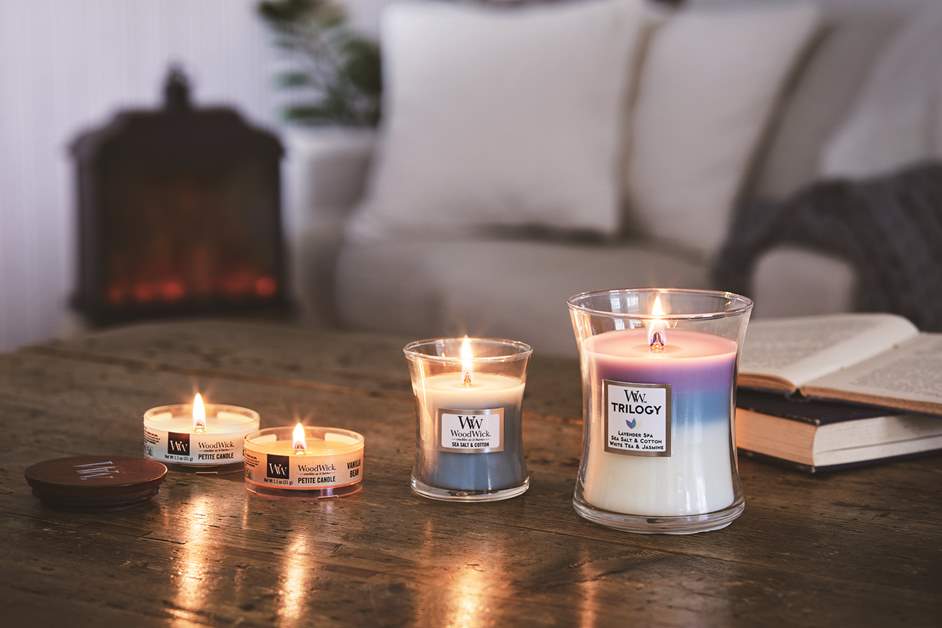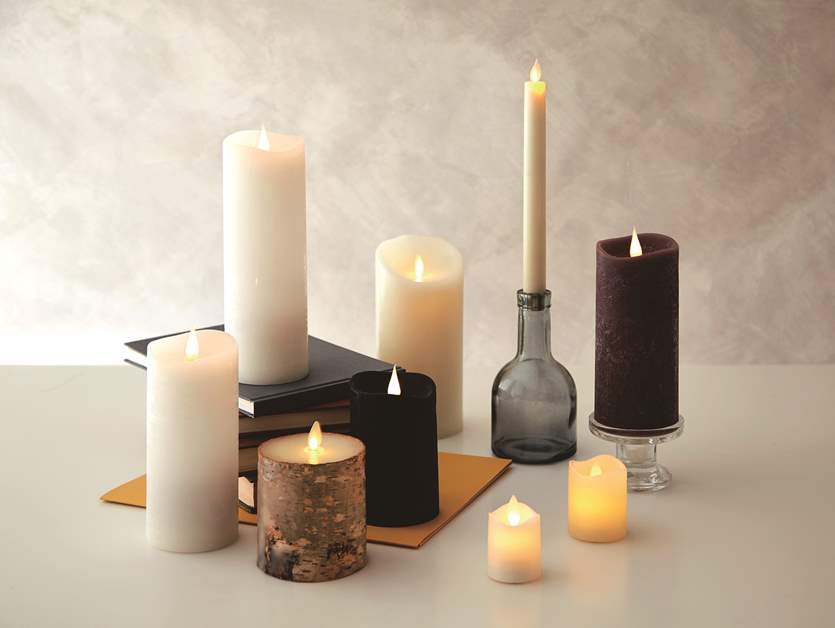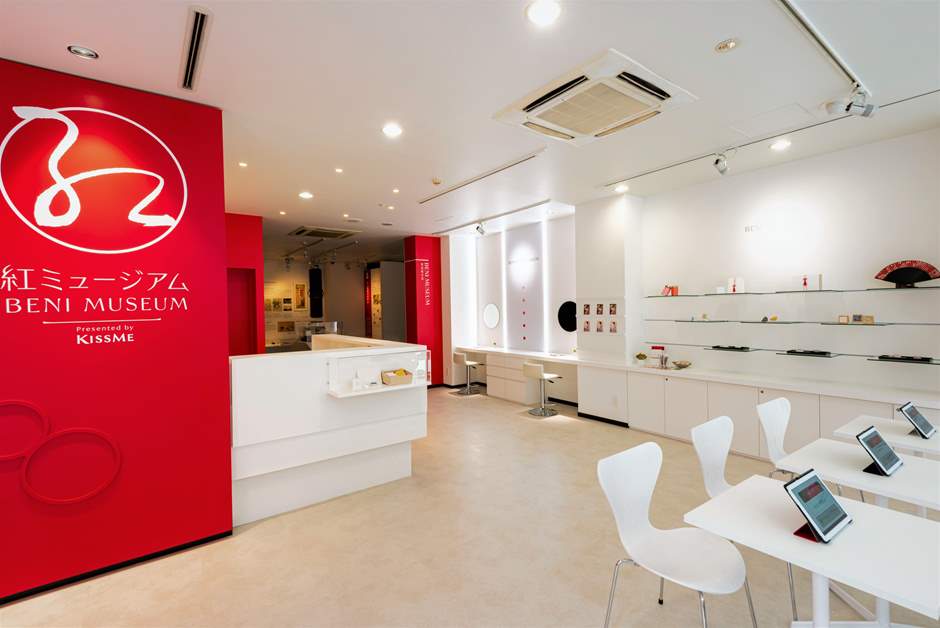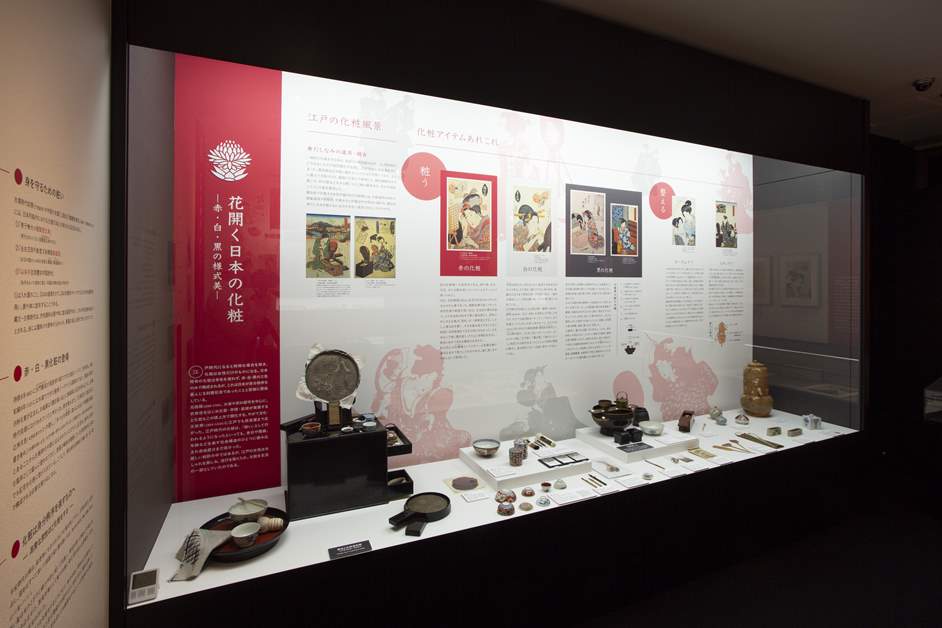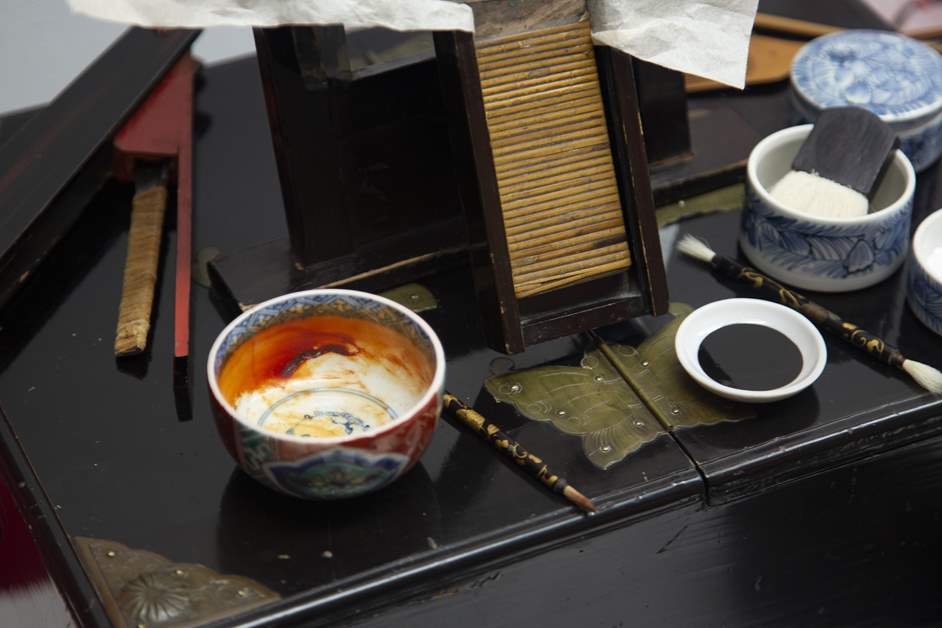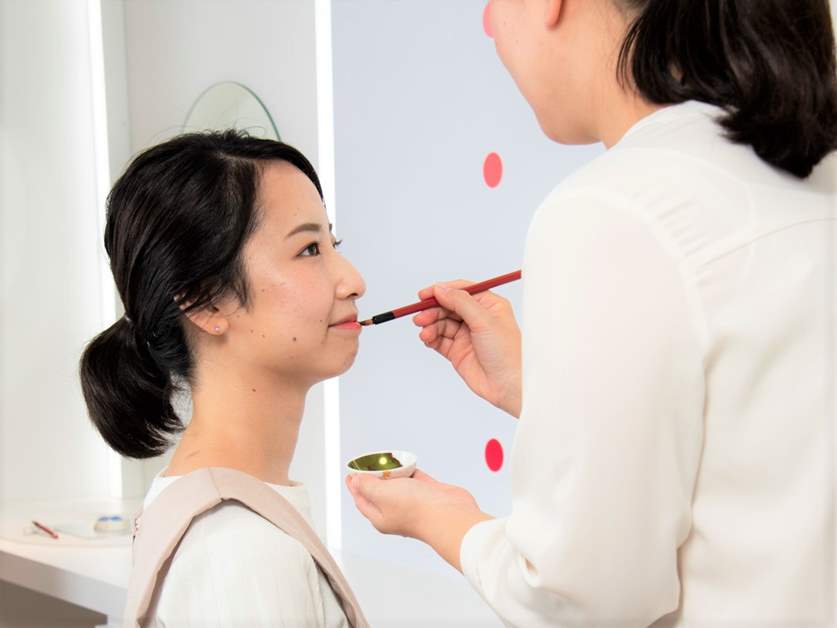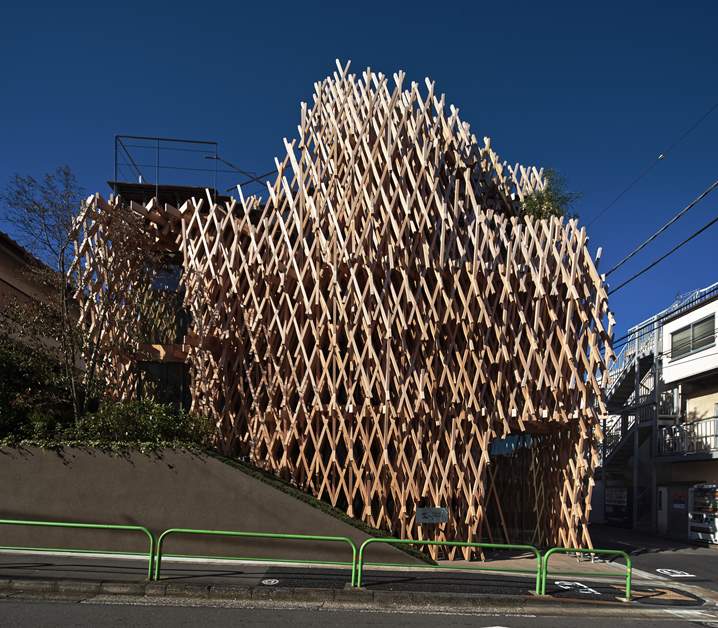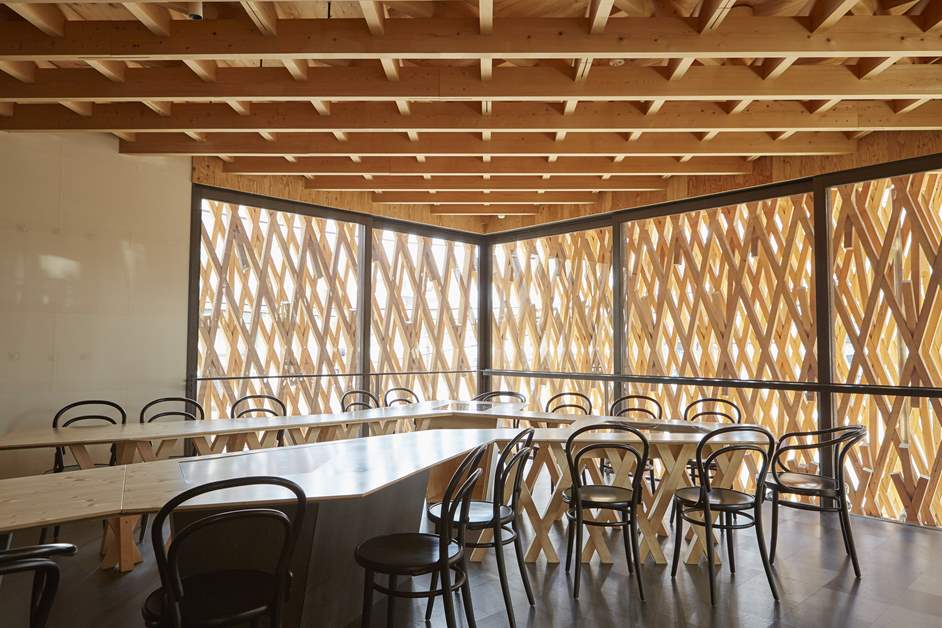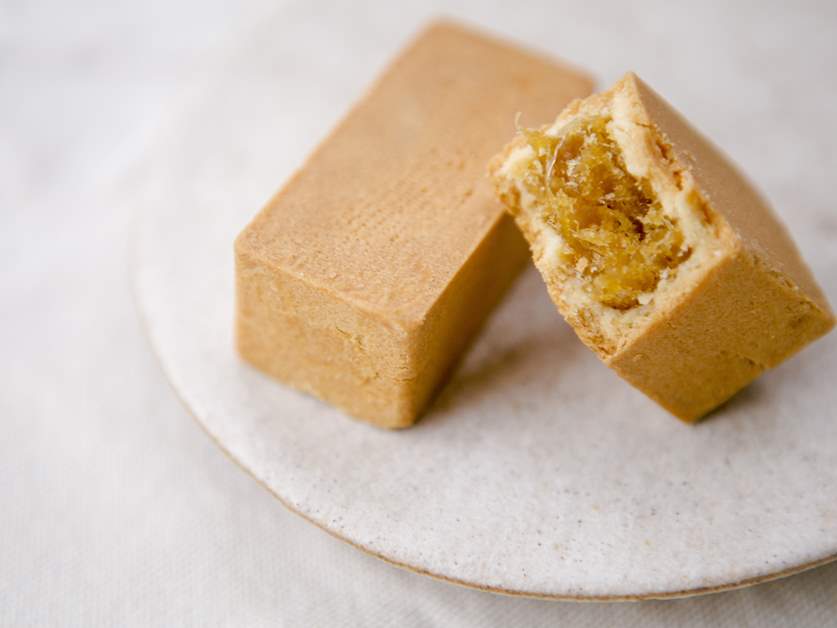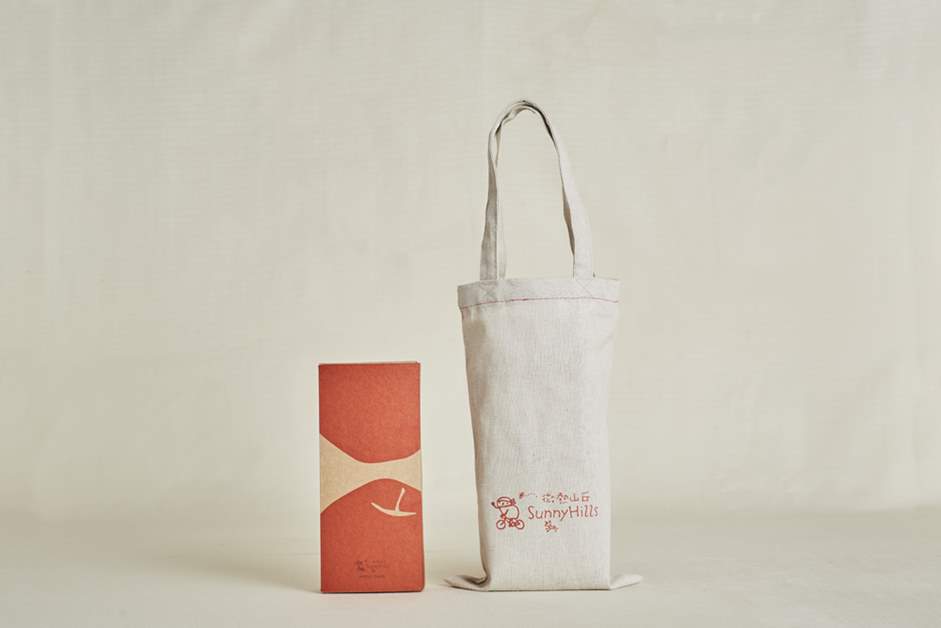Special Feature for the Minami-Aoyama Area! Enjoy a day trip to an area filled with "Grown-Up Indulgences"
In this month's special feature, we put a spotlight on the Minami-Aoyama area. Minami-Aoyama, situated in the North-East of Tokyo's Minato-ku, is a very sophisticated area where the most cutting edge culture of Minato-ku—which itself has many hip spots—all come together and amalgamate with good old Japanese culture. The Aoyama Avenue, which stretches from Aoyama Itchome Station to Omotesando Station, is dotted with showrooms of famous car manufacturers as well as unique museums, filled with indulgences that are sure to pique the interests of grown-ups. We have selected 4 perfect spots to explore for a day trip in this Minami-Aoyama area. Please visit and experience this refreshing town for yourself.
Nezu Museum: Where the beauty of oriental and Japanese art meets the beauty of nature
Exit the Omotesando Station from Exit B1 and walk a while until you reach the Minami-Aoyama 5-chome intersection, then turn left to find the expansive Miyuki Street. This street, which was named Miyuki (meaning Imperial Visit) based on the fact that the Showa Emperor took this route on his Imperial Visit to the Meiji Shrine, is now lined with glamorous fashion boutiques. At the end of this street is the Nezu Museum, surrounded by a bamboo grove.
The Nezu Museum was opened in 1966 to display the oriental and Japanese art collections of the founder, Nezu Kaichiro, a businessman from Yamanashi who was active from the Meiji to Showa era. The founder, Kaichoro was nicknamed "Railroad Tycoon" and was involved in laying railway tracks for big corporations like the Tobu Railway Co., Ltd. He spent his fortune on collecting artworks, building a collection of more than 4,000 pieces. The wide-ranged collection has now grown to 7,400 pieces and includes paintings, calligraphy, sculptures, pottery, lacquerware as well as wood and bamboo handicrafts. This collection also consists of 7 National Treasures, 88 Important Cultural Properties, and 94 Art Treasures.
The building is 2 floors high with 1 basement floor and is designed by Kuma Kengo, an icon of Japanese contemporary architecture. The building contains 6 exhibition rooms and features unique themes as well as lighted displays that allow you to appreciate the collections from different angles. The National Treasure, "Irises Screen" by Ogata Korin that is featured in their special exhibition held in spring every year is always very famous with the crowd, while fine articles related to Japanese tea ceremony—which was loved by the founder, Kaichiro, a tea master himself—are also one of the highlights.
You can look out at the garden which has a tearoom, stone lanterns, and other ornaments through the glass window from the 1st floor or the mezzanine. You can even walk through the garden on the cobblestone pavement and appreciate both the beauty of art and nature.
The current exhibition is themed "Monochrome Adventures" and unravels the charms of black and white ink wash paintings through examples of Japan's early modern period artwork, and it will run until the 3rd of November. After that, from November 14 to December 20, there will be a special exhibition called "Nezu Museum National Treasures & Important Cultural Properties" to celebrate the 80th anniversary of the Nezu Museum. Including the National Treasure mentioned earlier, Irises Screen, this exhibition will feature all 95 pieces of the National Treasures and Important Cultural Properties kept at this museum, truly a once in a lifetime opportunity. (The Irises Screen will only be exhibited from December 1–13. Some other exhibits will also be replaced during the exhibition period.)
However, in order to prevent the spread of COVID-19, it is compulsory to reserve a timeslot online. You can purchase an entrance ticket for your desired date and time on their official website, so don't forget to make a reservation before your visit.
Kameyama Candle House Aoyama Branch: A candle heaven where you can not only choose but also make your own original candle
Just 2 minutes walk from the Nezu Museum is the Kameyama Candle House Aoyama branch. This retail store is directly managed by Kameyama Co., Ltd., a candle and candle accessories manufacturer with a long history and has an outstanding market share of 50% in Japan. It is a specialty store that deals in all types of candle-related products, including candles made in-house, imported goods, and materials for DIY candles.
Once you enter the building that resembles a candle, the inviting scent of aromatic candles is sure to excite your nostrils. The company has an impressive repertoire of 3,000 types of candles. Among the candles that fill their shelves to the brim, the most popular product is "Yankee Candle" from the USA. Yankee Candle has 150 types of "Fragrance Candles" that are formulated with 3 times the amount of fragrance compounds compared to normal scented candles. It releases scents even when it is not lighted up, and the change in the fragrance expression with time once lighted up gives it sophistication and is the secret to its popularity.
On the other hand, you can try "Wood Wick" if you like campfires. The wick in this candle is made out of wood, which makes relaxing crackling sounds when lighted up. Both "Yankee Candle" and "Wood Wick" candles are available in various sizes, allowing you to choose a size that fits your lifestyle.
Unique candles like the "Sweets Candle" which look like real desserts are also not to be missed. Various types of lanterns and plates that can be used as pillar candles are also available for affordable prices. On the other hand, they also sell LED candles that do not use fire, so anyone can find a candle that heals their inner self here.
This retail store also has a built-in candle studio run by the Japan Candle Association, the most attended candle school in Japan. They hold a wide range of classes from 2-hour one-time-lessons for beginners to courses for those aspiring to get an instructor license. With the guidance of a professional, you can easily learn how to make candles that are perfect as interior decorations like initials-shaped or donuts-shaped candles, botanical glass-style candles, and gel art candles.
You can come empty-handed to the class without any special preparations (Reservation required). According to the staff, "The types of candles you can make are shown on our website, so it will go more smoothly if you already have a rough image of what type you want and the colors you want to use". They also have all the infection prevention measures in place, such as wearing masks, disinfection, acrylic panels, temperature checks for instructors, and social distancing.
Beni Museum: Find out about the history of Beni lipstick and cosmetics loved dearly by Japan's women during the Edo period
From Kameyama Candle, go onto Kotto Street, turn left and walk for a while to reach the Beni Museum, managed by Isehan Honten, a cosmetic manufacturer with a long history. Located along Kotto Street where there are many shops selling creative items, it is a rare museum that describes the history and culture of Japanese cosmetics.
Isehan Honten was established in 1825 during the Edo Period as a Beniya (a store that manufactures and sells red dye or Beni as cosmetics or art supplies as well as food coloring) and is well known as the "last Beniya" that preserves the old tradition. Under the 7th generation company president now, their 2 artisans continue to make each lipstick with all their hearts, using only the petals of safflowers and the same techniques used in the Edo period.
There are 2 exhibition rooms, and the first one guides guests through the history and production method of Beni and exhibits of the product itself, with the theme of "What is 'Beni'?" It explains the transportation route of the safflower from its major producer which was Izumo Province (the current Yamagata Prefecture) to the major consumers in the imperial capital regions (Kyoto and Osaka), the process of extracting the precious 1% of red dye from the safflowers which contain both red and yellow dyes, together with the actual tools used and informative videos.
The other exhibition room is themed "The Development of 'Cosmetics'", showing the history of cosmetics culture mainly in the Edo period. You can find out how cosmetics in the Edo period, which only consisted of the 3 colors red, white, and black, were used in various settings and how the women of the time used makeup, through ukiyo-e paintings and exhibits of the actual makeup tools. The exhibit that pursues the transition towards cheek rouge and lipstick during the modernization from the Meiji era to the Showa era is also quite impressive.
The greatest charm of both exhibits is that you can see all the actual tools used in the past. You can see the "Beni rice cake" made from dried safflower petals and cups for storing Beni, fibers called "zoku" and bamboo steamers used to extract the Beni, as well as tools used to apply white powder, lipstick, and ohaguro (black dye applied on the teeth). Portable goods used for touching up makeup when outdoors shows how fashionable and beauty-conscious the women of Edo were. There are also rare documents, so it is sure to excite those who are beauty-conscious as well as history lovers.
Additionally, at the attached communication room, you can try out Komachi-Beni for free. Not only can you see real Beni that turns the container into iridescent colors, but you can also have it put on you directly. The person in charge says, "some men try it out too". Do take the opportunity to experience this tradition up close and personal.
SunnyHills Minami-Aoyama: Buy a ripe fruit grown in the bountiful mother nature of Taiwan as a souvenir from Minami-Aoyama
On the way back to the station at the end of your trip and shopping spree, if you can't decide what souvenir to buy, try the pineapple cake at SunnyHills Minami-Aoyama. The building which has a unique ancient type of wooden architecture called "Hell Frame" is designed by Kuma Kengo, the same architect for the Nezu Museum. Apparently, there are quite a few foreigners who stop by Minami-Aoyama just to see this architecture.
The Pineapple Cake is a popular snack and typical souvenir from Taiwan, which is blessed with a warm climate. It is a snack made from sweet and sour pineapple jam enclosed by crisply baked cookie dough.
SunnyHills' pineapple cake does not use any flavoring or additives and is imported directly from Taiwan to allow you to enjoy the freshly made product, while the cookie dough is made with grass-fed cow butter produced in New Zealand. The jam uses the pineapple varieties Cayenne 2 and 3 grown in Mt. Changhua, in the central part of Taiwan, which gets strong sunlight all year round, and other than the sweet and sour taste, you will be able to enjoy the fibrous and chewy texture of the fruit.
The apple cake, which similarly does not use any coloring or additives, is also popular. It uses Jonathan apples grown in Aomori and the cake locks in all the tartness and crunchiness of the apples.
They also usually offer complimentary tea, as they are proponents of Taiwan's traditional "Feng Cha" culture, but it is now only offered for sale to prevent the spread of infection. Both cakes come with an adorable cloth bag, so it's a perfect souvenir for your kids or a small gift for others.




